HVAC Air Coil Cleaning
One of the widest uses of heat exchangers is for air conditioning of buildings and vehicles. This class of heat exchangers is commonly called air coils, or just coils due to their often-serpentine internal tubing. Liquid-to-air, or air-to-liquid HVAC coils are typically of modified crossflow arrangement.
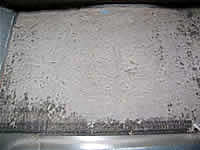
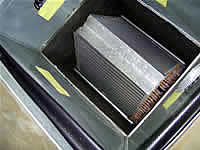
Dryer Vent Cleaning
A clean, unobstructed dryer vent improves the safety and efficiency of the dryer. As the dryer duct pipe becomes obstructed and filled with lint, drying time increases and causes the dryer to overheat and waste energy. In extreme cases, a blocked vent may result in a fire. Clothes dryers are one of the most costly appliances in your home to operate.
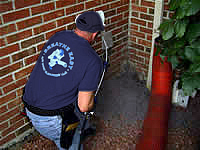
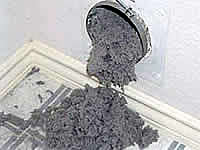
Humidifier Filter Cleaning
If the tap water contains a lot of minerals, also known as hard water, then the ultrasonic or impeller humidifiers will produce a "white dust" (calcium is the most common mineral in tap water), which usually spreads over furniture, and is attracted to static electricity generating devices such as CRT monitors. The white dust can usually be prevented by using distilled water and a demineralization cartridge in ultrasonic humidifiers.
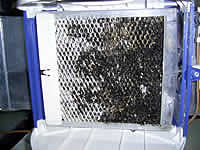
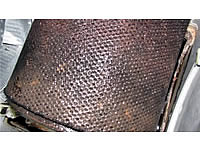
Cold Air Return Cleaning
For the last 20 to 30 years, manufacturers of HVAC equipment have been making an effort to make the systems they manufacture more efficient. This was originally driven by rising energy costs, and has more recently been driven by increased awareness of environmental issues. In the USA, the EPA has also imposed tighter restrictions. There are several methods for making HVAC systems more efficient.
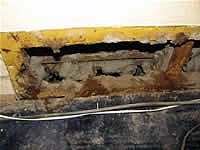

Insulation Removal
In May 1999, the North American Insulation Manufacturers Association began implementing a comprehensive voluntary work practice partnership with the U.S. Occupational Safety and Health Administration (OSHA). The program, known as the Health and Safety Partnership Program, or HSPP, promotes the safe handling and use of insulation materials and incorporates education and training for the manufacture, fabrication, installation and removal of fiber glass, rock wool and slag wool insulation products.
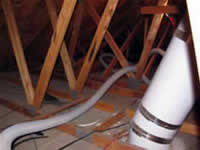
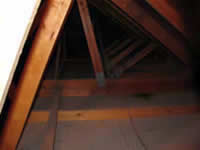
Residential Cleaning Process
While no two air duct cleaning jobs are exactly alike, below is our typical Residential Air Duct Cleaning Process.

1. Information
Upon entering the customer's home, we always provide our credential book (State Mechanical License, Agriculture License, Proof of Insurance, references, etc.) for the customer to review while we clean their home. We then walk the customer though the job process, with a detailed explanation on our cleaning methods.

2. Customer Protection
We first set up using large tarps in order to protect any areas which need it. We always use corner wall guards to protect the walls.

3. Vacuum Hose Setup
We then proceed with setting up our 8 or 10 inch gas powered vacuum hose, which creates a negative pressure to either side of the duct system we will start with first.

4. Area Setup
We then go to the furthest register vent inside the home or business, at that point, a technician will then carefully remove the register vent cover with razor knives so that we do not remove any paint from the walls.

5. Cleaning Process
We then wipe off the vent covers and then use either a brush system or the viper cleaning system (which are considered air whips) to clean the air ducts. These whips are designed to go through the entire duct system. Which our machine then picks up any debris and collects it in our dust bags located outside.

6. Vent Cover Closure
We then apply a deodorizer if needed. We reinstall all of the register vents once each vent has been cleaned.

7. Cleaning Trunk Lines & Plenums
Once all of the main lines have been cleaned, we clean the main trunk lines with tools, after which we will install one inch air duct plugs in the lines which need them.

8. Air Washing Furnace
We then go the furnace area and air wash the interior of the furnace as needed, we then clean the following parts as well- Blower Fan and Filter Box.

9. Customer Viewing Options
We then show the customer how clean the duct work is by either a video inspection or by photos. We then close all of the access holes with approved galvanized access patches.

10. Closing Up The Job
We then proceed with cleaning up all the work areas as needed. Load up all equipment into the trucks. Leave the customer with a written receipt.


